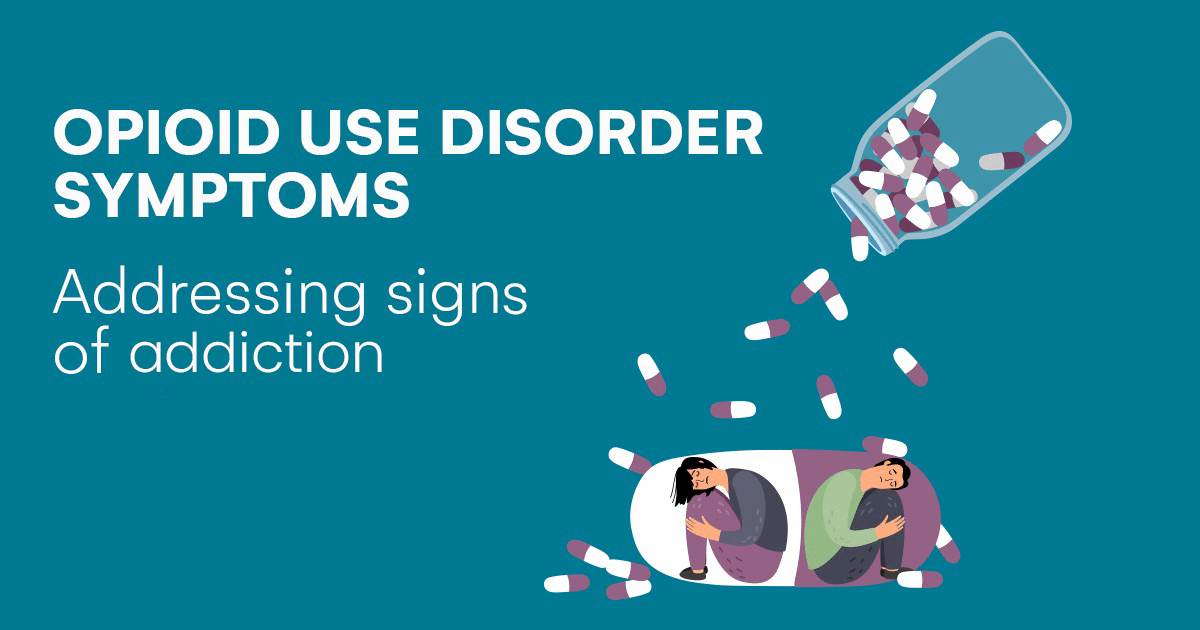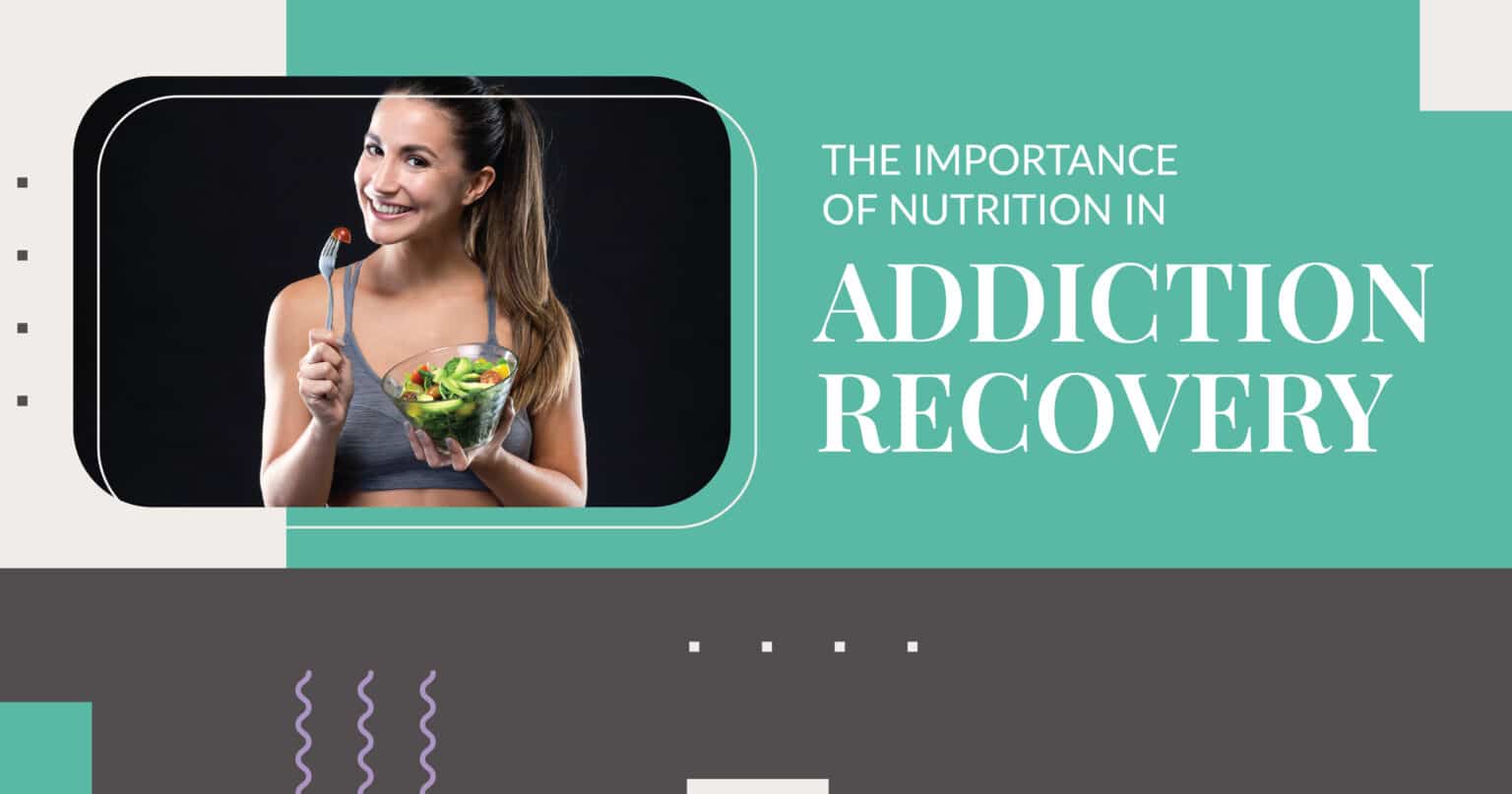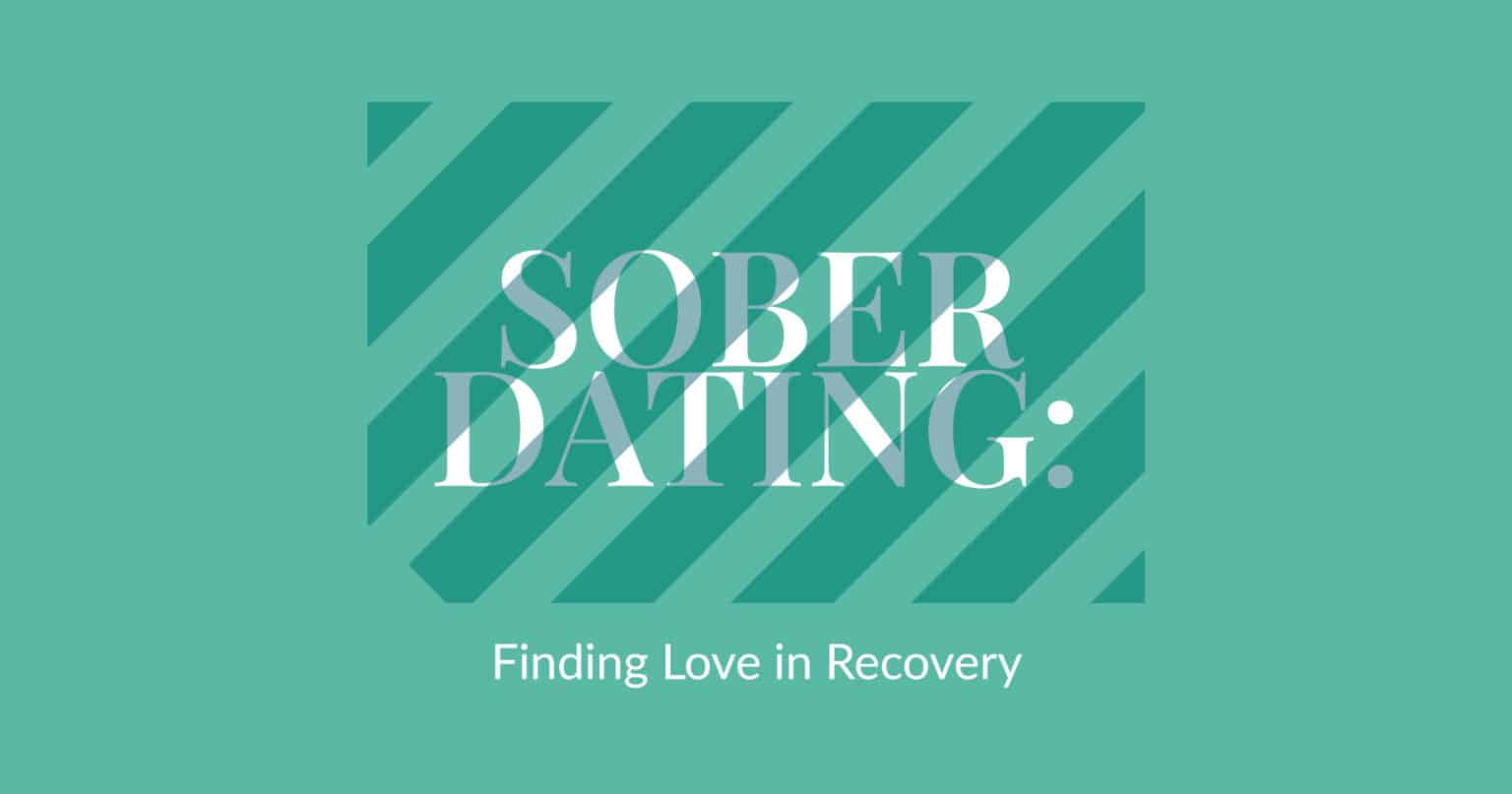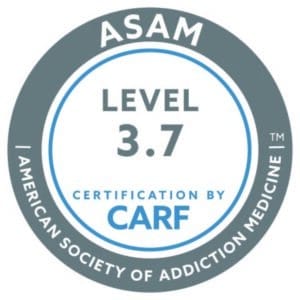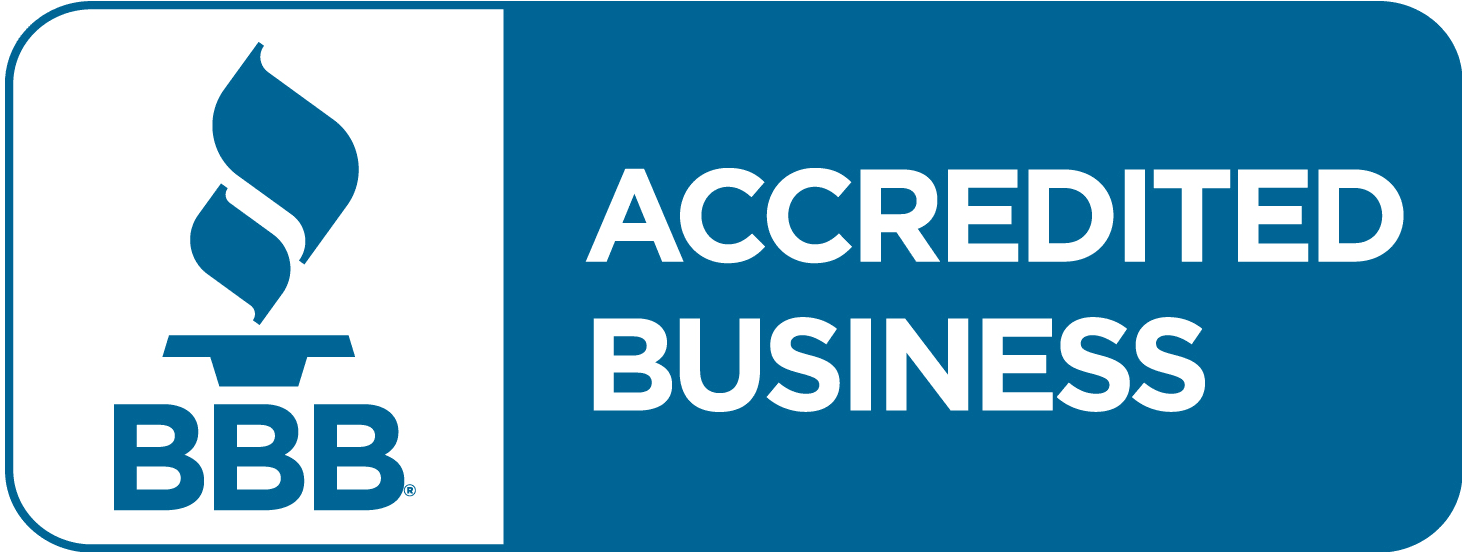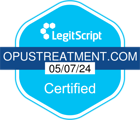Identifying opioid use disorder symptoms is crucial to early treatment and better outcomes. Also, find out what treatment options are available.
Tolerance and withdrawal are the two most common opioid use disorder symptoms. Untreated symptoms may lead to coma, irreversible brain damage, or death.
Tolerance is when you need an increasingly higher amount of the drug to feel the effects. Withdrawal refers to uncomfortable, sometimes fatal, symptoms that may occur when you stop using the drug.
Because opioids are potent drugs, you must take them only as recommended. If someone you love takes opioids, keep a close watch on the signs and symptoms of opioid use disorder.
Opioid Use Disorder (OUD) Fast Facts
- OUD affects over 16 million people globally and over 2 million Americans.
- OUD typically comprises two phases – exacerbation (worsening of the disease) and remission (decreased symptom severity). However, regardless of the phase, the risk of relapse never goes away.
- People with OUD have a higher risk of suicide, accidental overdose, and infections.
- Opioid-related overdose deaths increased from 21,088 in 2010 to 47,600 in 2017 and 49,860 in 2019.
- The government declared the opioid epidemic a nationwide Public Health Emergency on Oct. 27, 2017.
What is Opioid Use Disorder?
OUD is a medical condition in which a person continues using an opioid despite significant health, social, and financial consequences. OUD can result from the abuse of:
- The illegal drug heroin
- Synthetic opioids such as fentanyl
- Prescription pain medications, including oxycodone (OxyContin), hydrocodone (Vicodin), codeine, and morphine
Opioid Use Disorder Symptoms: What You Need to Know
Signs and symptoms of opioid use disorder include:
- Increased tolerance for opioids
- Withdrawal symptoms when abstaining from drug use
- Being unable to stop or reduce drug use
- A strong desire to continue using despite severe health complications
- Lower quality of life
- Spending too much to get the drugs
- Excessive sleepiness
- Rapid weight changes
If you are opioid-dependent, reducing/stopping drug use can cause withdrawal symptoms, including:
- Anxiety
- Excessive sweating
- Inability to fall or stay asleep
- Restlessness
- Shaking
- Muscle aches
- Nausea
- Vomiting
- Diarrhea
- Extreme mental and physical discomfort
Withdrawal can last a few days to over 14 days. Its duration and severity depend on:
- The type of opioid used
- How long someone has abused the drug
- The amounts abused
Treating Opioid Withdrawal Symptoms
Opioid withdrawal can be extremely uncomfortable and, sometimes, dangerous. Thus, experts don’t recommend quitting “cold turkey” or self-detox.
When it comes to potent drugs like opioids, the principle of better safe than sorry is may be appropriate.
Consider seeking professional help at a facility that specializes in opioid addiction treatment. These addiction centers have medically supervised treatment programs. They use a combination of specific medicines, counseling, and support groups.
Besides, you may also get medicines that relieve withdrawal and help with long-term addiction management.

Signs of Opioid Addiction: How to Know If a Loved One Has Opioid Addiction?
Signs vs. Symptoms
A symptom is subjective, and only an affected person can experience it. On the other hand, a sign is any abnormality an observer can see. For example,
- Feeling restless is one of the opioid use disorder symptoms.
- Vomiting is a sign.
Nonetheless, you may choose to use these terms interchangeably.
The following signs can help you identify opioid addiction:
- Unexplained weight loss
- Frequent flu-like symptoms
- Lack of hygiene (Not bathing, changing clothes, or brushing their teeth)
- Changes in dietary and exercise habits
- Isolation from family or friends
- Stealing from family or friends
- New financial issues
Other behavioral changes can include:
- Mixing with new groups of people
- Changing friends rapidly
- Spending time alone
- Avoiding time with family and friends
- Showing little or no interest in activities
- Being very weak and sad
- Being unusually energetic
- Talking fast
- Saying things that don’t make sense
- Being nervous
- Rapid mood swings
- Sleeping at unusual hours
- Failing to attend important appointments
- Getting involved in suspicious or criminal activities
Treatment for Opioid Use Disorder: What to Do If a Loved is Addicted?
Your approach relies on the severity of the addiction. For instance, if your loved one is ready to seek help, you should take them to a health professional in addiction medicine. You may also ask your physician for a referral. Moreover, you can call SAMHSA at 1-800-662-HELP (4357).
Medication-Assisted Treatment (MAT) is the most effective approach for OUD. It combines medications and counseling (psychotherapy). According to NIDA (National Institute on Drug Abuse), MAT:
- Decreases opioid use, opioid-involved overdose deaths, criminal activity, and HIV/hepatitis transmission
- Increases engagement in social activities and retention in treatment
- Improves outcomes when used in pregnant women
Medications
OUD treatment often involves three FDA-approved medicines. They are buprenorphine (Suboxone, Subutex), methadone, and long-acting naltrexone (Vivitrol).
Buprenorphine helps relieve withdrawal symptoms. Furthermore, it reduces the rewarding effects that come from opioid abuse.
Methadone helps relieve the painful “lows” during opioid withdrawal. It also reduces euphoric highs associated with heroin use.
Naltrexone blocks the action of opioids on the brain. That way, it reduces cravings and euphoric feelings.
Psychotherapy (Talk Therapy)
It addresses opioid use disorder symptoms not addressed by medicines. When used with medication, psychotherapy can be effective in:
- Preventing relapse
- Helping affected individuals reenter society after treatment
You may one or more of the following psychotherapy approaches:
Contingency management (CM). CM aims to reward positive behavioral changes in a drug user. Over time, this practice can reinforce the positive changes.
Cognitive-behavioral therapy (CBT). It is the most common behavioral therapy for addiction. It helps a user replace negative drug use-related thoughts with positive ones. Besides, it also teaches coping and life skills essential to living a drug-free life.
Acceptance and commitment therapy (ACT). ACT teaches you how you can accept your flaws rather than running away from them. It can also help with other co-occurring conditions, such as anxiety and depression.
Relational psychotherapy. It helps a user identify how relationships affect their drug use behavior.
If your loved one is not ready, try to convince them to see a doctor. Never force them or use other means to get them ready. Doing so can result in violence. Remember, it can take more than one attempt before professional treatment begins.
However, if you or someone you love is struggling with opiate addiction, and are ready to accept help, call 855-953-1345 and Opus Health can provide you with the skills and tools needed for a successful attempt at recovery.
